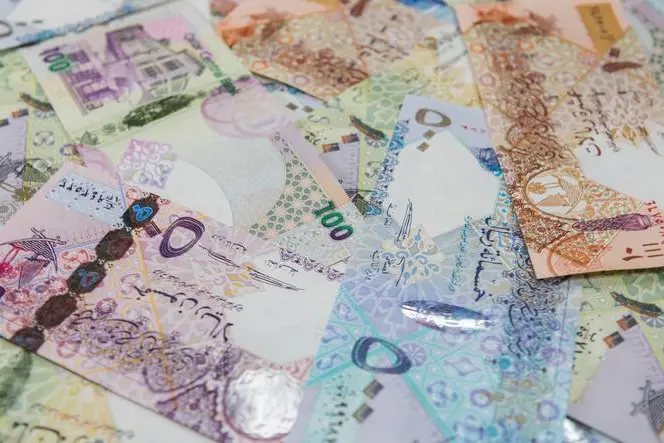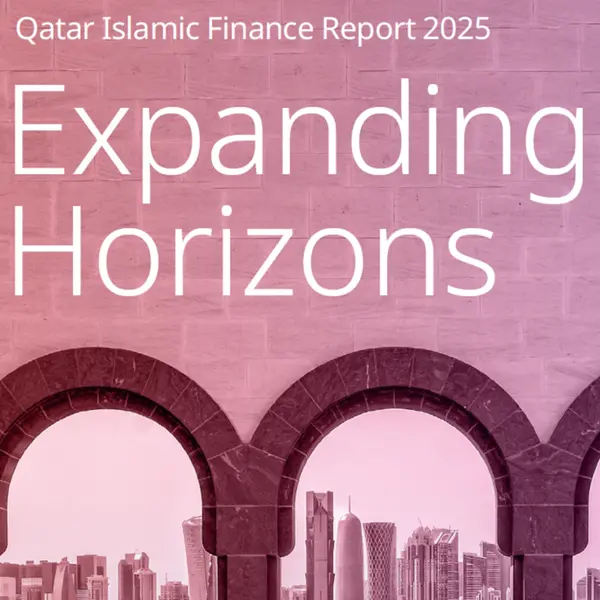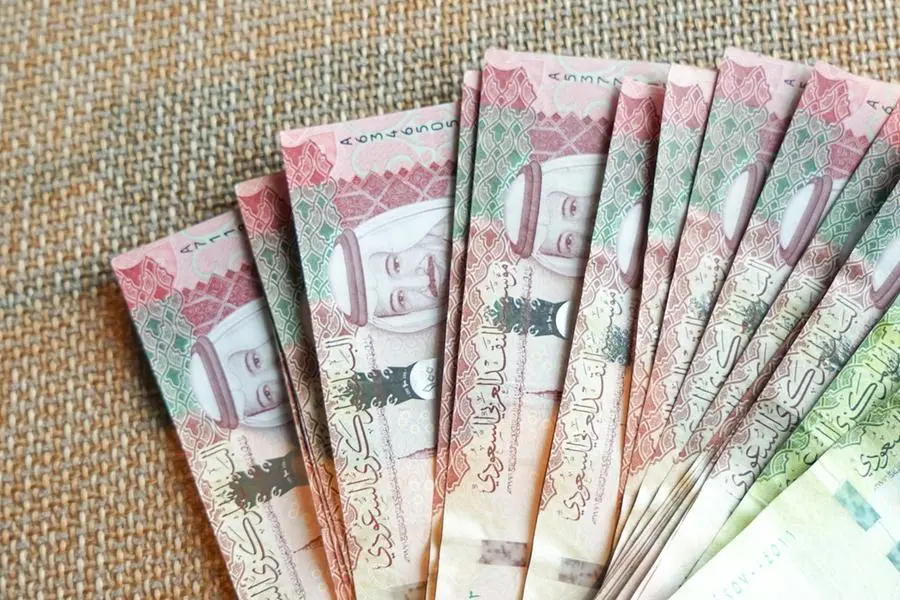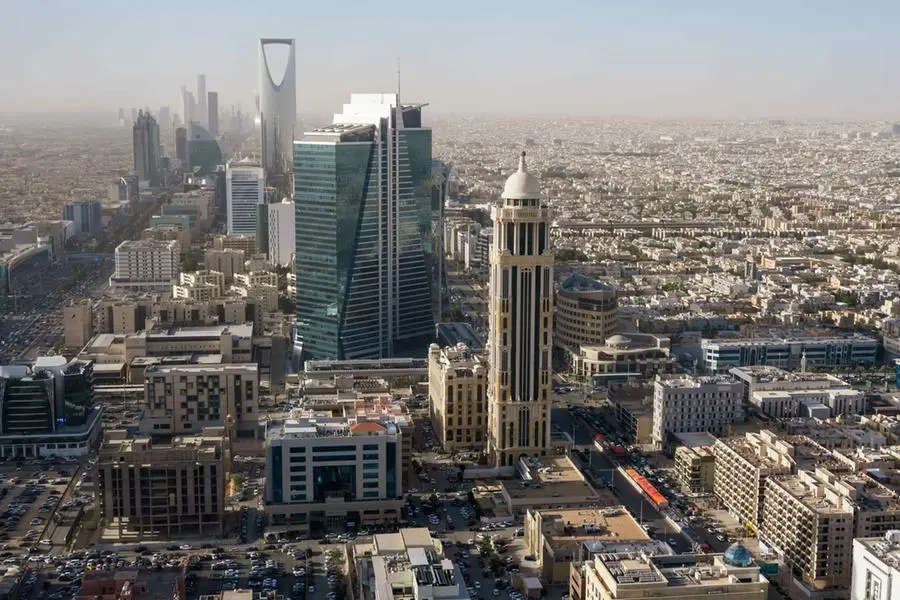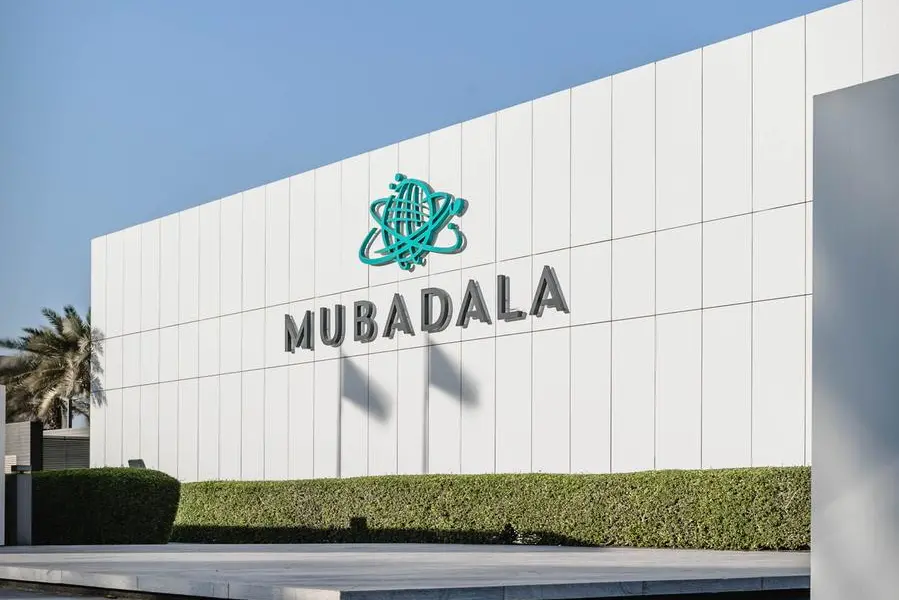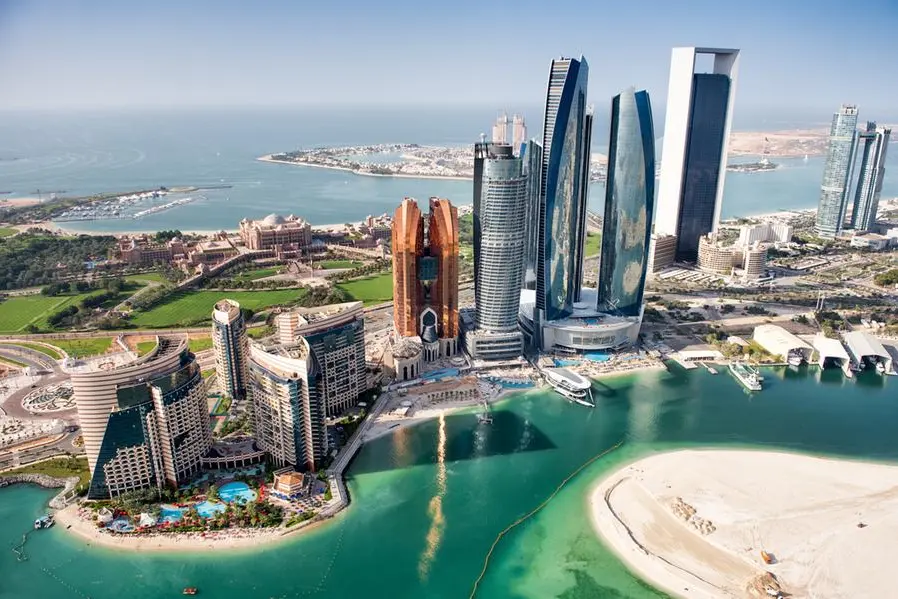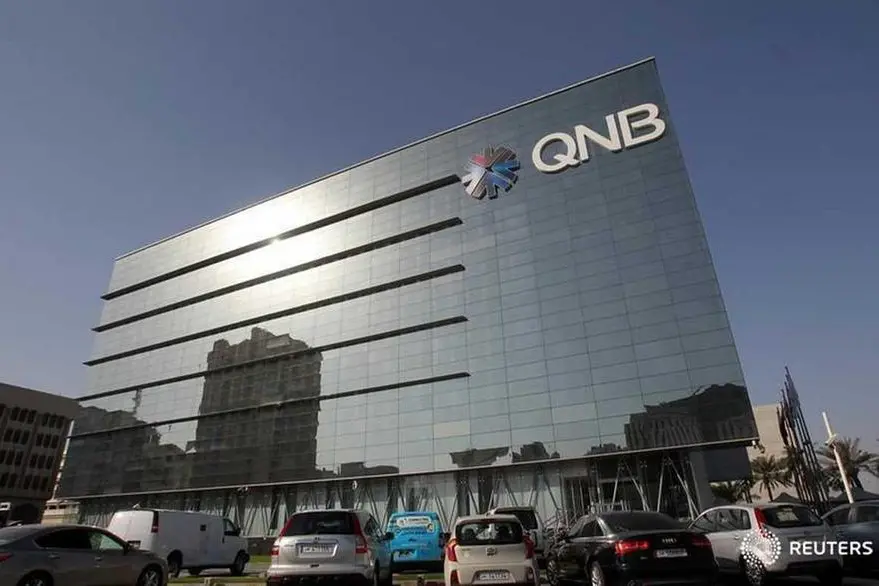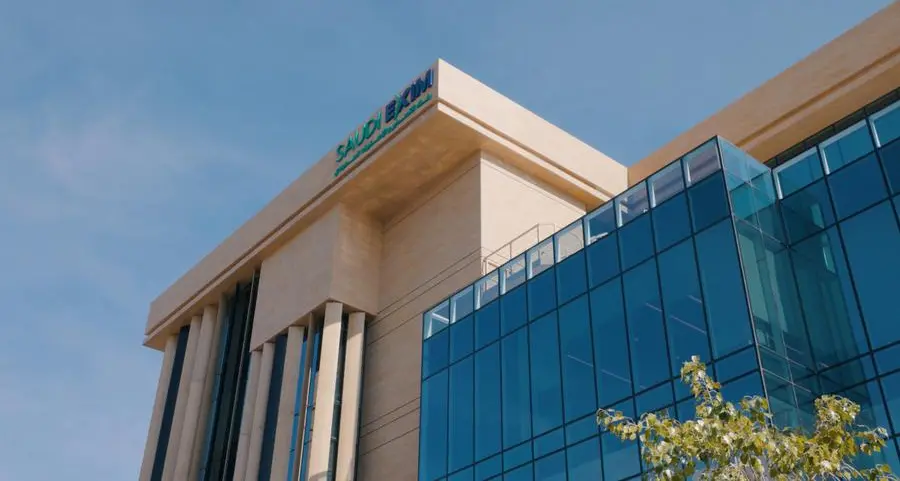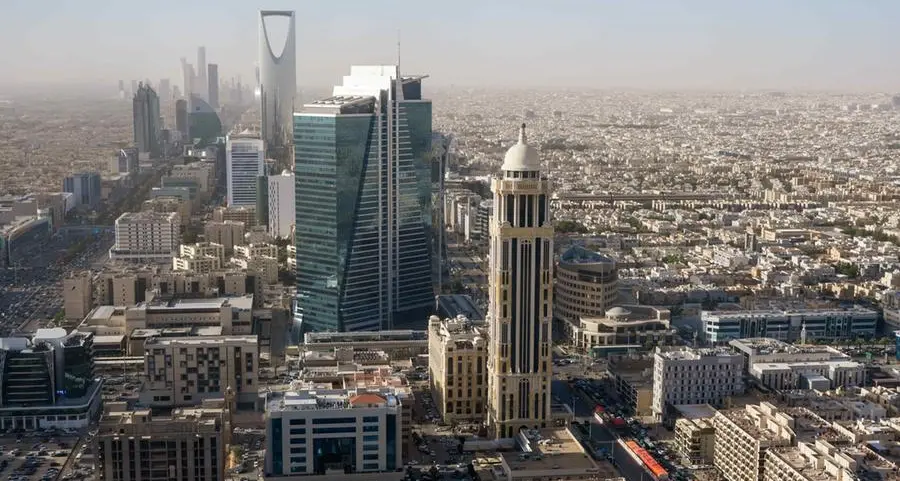PHOTO
High Angle View Of Qatar Currencies. Image used for illustrative purpose. Getty Images/EyeEm
Saudi Arabia’s banking sector, which came through a challenging 2021 relatively unscathed, can look forward to benefit from an improving operating environment and higher interest rates this year.
The kingdom has forecast economic growth of over 7 percent in 2022 as higher oil prices and expanding production could boost the state coffers and the level of consumption bounces back to pre-COVID times.
Analysts expect the economic growth to feed into the banking system shoring up net incomes. A policy interest rate hike by the US Federal reserve, expected in the coming months, will also play into the profitability theme.
Farah Mourad, Senior Market Analyst of XTB MENA, said Saudi banks could benefit from “the projected economic growth and the expected higher oil prices as well as the government’s investment projects such as Vision 2030.”
Rate hike
Following the recent signals analysts expect the the US Federal Reserve to begin increasing rates this year, starting with a 25-basis-point hike in March. This could be followed by more hikes through 2023, taking the rate up to 1.50 percent by the end of next year. Given its currency peg to the US dollar, Saudi Arabia central bank will be obliged to mirror the hike, widening the net interest margin (NIM) for banks.
Analysis by Al Rajhi Capital shows how a 1.5 percent rate hike could see banks benefitting by around 15.6 percent increase in earnings by 2023. “This equates to around 8 billion riyals ($2.13 billion) in profit,” the analysts wrote in a recent note.
For context, Saudi banks recorded a net profit after zakat and tax of 36.28 billion riyals in the third quarter of 2021.
NIM, the difference between a bank’s income from loans and mortgages and what it pays out on liabilities is a key component of Saudi banks’ profitability.
Credit growth
The optimism over improving economic conditions and the launch of major construction projects are also expected to drive overall credit growth in the kingdom.
In the first nine months of 2021, total lending exposure of Saudi banks to the private sector was around 2 trillion riyals, growing at around 15 percent, according to recent figures from SAMA. This trend is expected to continue in 2022.
“Corporate lending, particularly, could see growth as companies vie to participate in the economic recovery and in the government’s development plans,” said Mourad.
The Saudi soverign wealth fund, Public Investment Fund’s giga projects like Red Sea Project, Qiddiya, NEOM are expected to push corporate credit as opportunities trickle down to contractors and sub-conttractors.
While corporate lending usually comprised 35-40 percent of Saudi bank lending, mortage lending has grown in recent years on the back of government efforts to encourage house ownership for all citizens.
Mortage lending as a part of total banking assets, which has grown from 5 percent in 2017 to 11 percent in 2020, is estimated to hit around 20 percent by 2026, according to Al Rajhi Capital.
However, recent months have seen a slight deceleration in the last quarter in the real estate loan segment. According to Saudi central bank figures, new mortgage finance provided by banks amounted to 11.79 billion riyals in October 2021, down 3.6 percent from 12.24 billion riyals in the previous month.
Luis Maglanoc, senior credit analyst at Capital Intelligence Ratings, told Zawya that that growth in 2022 will come from both corporate lending and mortgage lending, “with bigger growth contribution from corporate lending as it continues to recover, and is more dependent on oil prices and government spending.”
Asset quality
Saudi banks, which have the most robust asset quality among its GCC peers, seem to have successfully negotiated the pandemic. However, it remains to be seen if there could be upward pressure on non-performing assets as the government unwinds forbearance measures under the Private Sector Financing Support Program in the coming months.
Mourad said asset quality deterioration is expected to remain limited as was the case during 2021. “The expected increase in loans and in economic activity should also help in improving banks’ portfolios despite the end of the forbearance measures.”
“Our overall expectation is that asset quality metrics will deteriorate only slighltly, and should be manageable given that regulatory forebearance measures have helped bank borrowers deal with the pandemic, while the sectors' buffers (capitalisation, credit loss absorption capacity) were strengthened,” said Luis.
In a recent note, he said that although the full impact of the pandemic on asset quality is not expected to become apparent until late this year as and when forbearance measures end, “we expect the risk profile of banks to remain sound overall.”
Some downside risk to this scenario of banks’ profitabilty includes cooling inflation leading to rate hikes being postponed. In addition, in the face of the Omicron variant curbing demand for for fuel, oil prices could ease down from current highs over the next few months.
“In addition, the tightening monetary policy could slow economic growth more than estimated leading to lower growth in key sectors and lower volumes of loans,” said Mourad.
(Reporting by Brinda Darasha; editing by Seban Scaria)
Disclaimer: This article is provided for informational purposes only. The content does not provide tax, legal or investment advice or opinion regarding the suitability, value or profitability of any particular security, portfolio or investment strategy. Read our full disclaimer policy here.
© ZAWYA 2022
